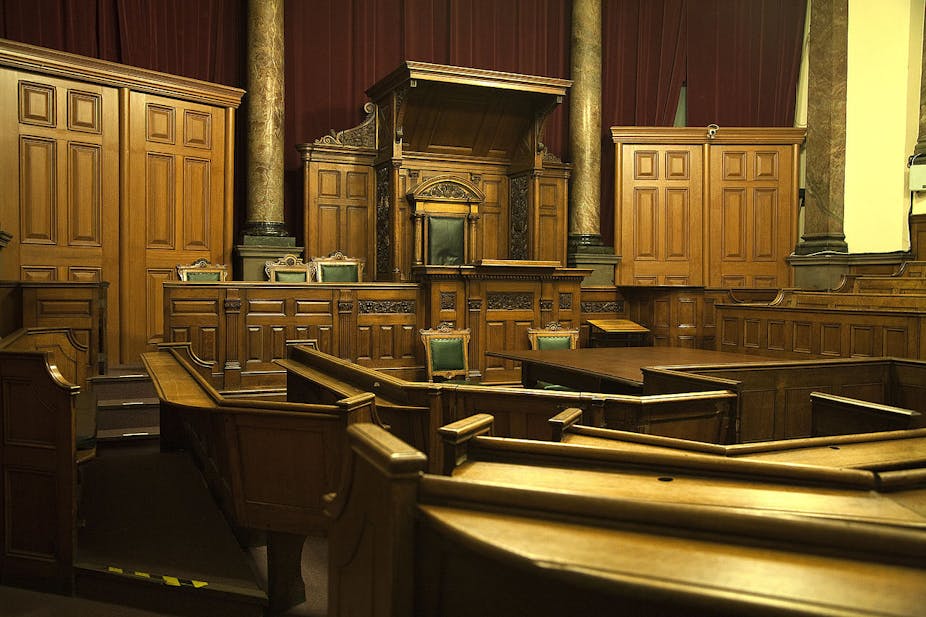The UK courts are to be dragged into the 21st century with a £160 million investment to help them go digital. Announcing its plans, the Ministry of Justice revealed that the courts get through a staggering 160 million pieces of paper every year - the equivalent of 15 Mount Snowdons. They will be weaned off this diet with a host of new technology.
Court cases of all kinds require a huge amount of paperwork. Now, instead of lugging suitcases full of documents in and out of court as they currently do, legal teams will be able to access files related to the case electronically. The aim is to enable them to access the files stored on their own systems back in their offices too - handy if your overstretched team has left something behind. This might seem trivial but the cost of adjourning a court case, sending away jurors, lawyers and defendents, makes the introduction of digital technology a potentially very important development.
Courtrooms will also be fitted with wifi and evidence screens to further modernise the system while police will be encouraged to participate in proceedings via video link rather than spending their time waiting around at the Old Bailey for their turn to give evidence.
The investment should be taken as good news. Our laws change over time and so should the way we use information.
Cutting back on these paper mountains is not just good for the environment. There are wider implications, one of which is control. If more information is only available in digital form, there will be fewer paper documents that could fall into the “wrong” hands - a serious matter when justice is at stake. Information could be better contained through more rigorous control. I say “could” because there will certainly be issues surrounding the security of communications.
A digital court could lead to better managed control of information but we all know how important it is to keep networks secure to avoid the loss of sensitive data. Wifi-ready courtrooms have great potential to speed up the system but satisfactory assurances will need to be made about security first.
Costs are another concern. The history of government IT projects might be summed up as “promise low, deliver high” and I would be very surprised if the actual costs are not much higher than the £160m promised this week. The Ministry of Justice is facing substantial cuts and we might be concerned about how well any future overspend will be funded. Its budgets for prisons and vital services like legal aid are already being squeezed and further cuts of 10% are due in 2015-2016.
Then comes the challenge of integrating different bodies to make the system work. The idea that information should be shared more easily and efficiently is compelling, but sometimes much easier said than done. In any big IT system like this, organisations with often incompatible systems and different approaches to data collection must be brought together somehow.
In the court system, this means a marriage between public sector organisations and private law firms. Each holds information that they want to share with the other parties but also information that they don’t. After all, prosecution and defence are competing against each other once a case is in motion. These problems are not reasons to shy away from creating the digital court, but they do highlight the challenges to be faced.
The government is right to argue the court should be modernised for the 21st Century. My only fear is that it might not be completed before the start of the 22nd.

